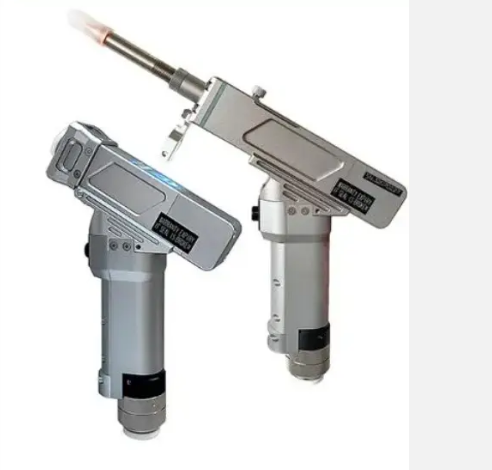Laser welding with filler wire is an advanced welding technique that combines laser welding with the use of filler wire to join materials. This method has several advantages over traditional welding techniques, including high precision, deep penetration and minimal heat input, which reduces the risk of workpiece deformation and thermal damage.
Key aspects of laser welding with filler wire:
Laser source: A high-power laser is used to generate the focused heat required for welding. Common types include CO2 lasers, Nd lasers, and fiber lasers.
Filler wire: A wire is fed into the weld pool to fill the joint and provide additional material. Depending on the welding material, the filler wire can be made of a variety of metals and alloys.
Precision and control: The laser allows for precise control of heat input, which can create high-quality welds with minimal defects.
Minimal heat-affected zone (HAZ): The concentrated heat of the laser minimizes the size of the heat-affected zone, reducing the possibility of material deformation or thermal damage.
Automation and efficiency: Laser welding with filler wire can be easily automated, suitable for high-volume production, and reduces the need for labor.
Applications:
Aerospace: Used to join lightweight materials such as titanium and aluminum alloys. Automotive: Manufacturing of automotive bodies and components.
Medical Devices: Used to create precise, high-quality welds in surgical instruments and implants.
Electronics: Used to assemble components where precision and minimal heat input are critical.
Advantages:
High Precision: Allows for detailed and accurate welds.
Deep Penetration: Enables strong welds even in thick materials.
Reduced Deformation: Minimal heat input reduces the risk of warping or deformation.
Versatility: Can weld a wide range of materials and thicknesses.
Efficiency: High-speed welding process suitable for automated systems.
Considerations:
Cost: Initial setup and equipment costs can be high.
Skills and Training: Skilled operators and proper training are required to achieve optimal results.
Maintenance: Regular maintenance of the laser and wire feed system is necessary to ensure consistent performance.
Would you like to learn more about a specific application, equipment, or technique for laser wire welding?

